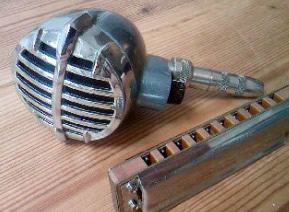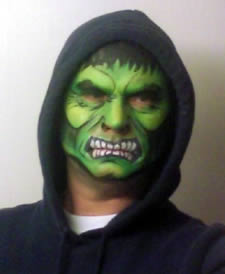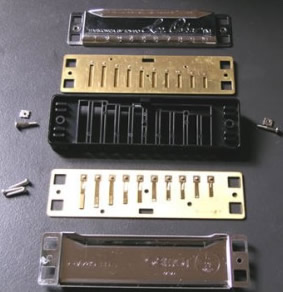1st Position Blues – Crossing The Canyon
‘…Who shall tempt with wandering feet, The dark unbottomed infinite abyss, And through the palpable obscure find out, His uncouth way.’ Paradise Lost (Milton)
As a journeyman blues harp player, there comes a point when we start to explore blues in different positions. We learn that in theory the number of positions available on any one harp is exponential. In reality however, most of the top guys we listen to use only 1st, 2nd or 3rd position – straight, cross and slant harp respectively. Put simply, they can get the most effective results from these positions. We will look at 3rd position playing another time, but for now I want to focus on 1st position or straight harp.
I would bet any money that you learnt to play Amazing Grace, Camptown Races, When The Saints or Oh Susanna when you first picked up the harp! These are folk tunes we all know. They can be readily navigated in the key of the harmonica – normally starting from, or ending on, blow 4. That’s traditional straight harp. It’s what the diatonic harmonica was built for.
I’ll put another wager on the fact that, having cracked these pedestrian folk melodies, you then hurried off to cross harp blues playing on a mission to find all the funky bends necessary to sound like Little Walter, Big Walter, James (more…)



